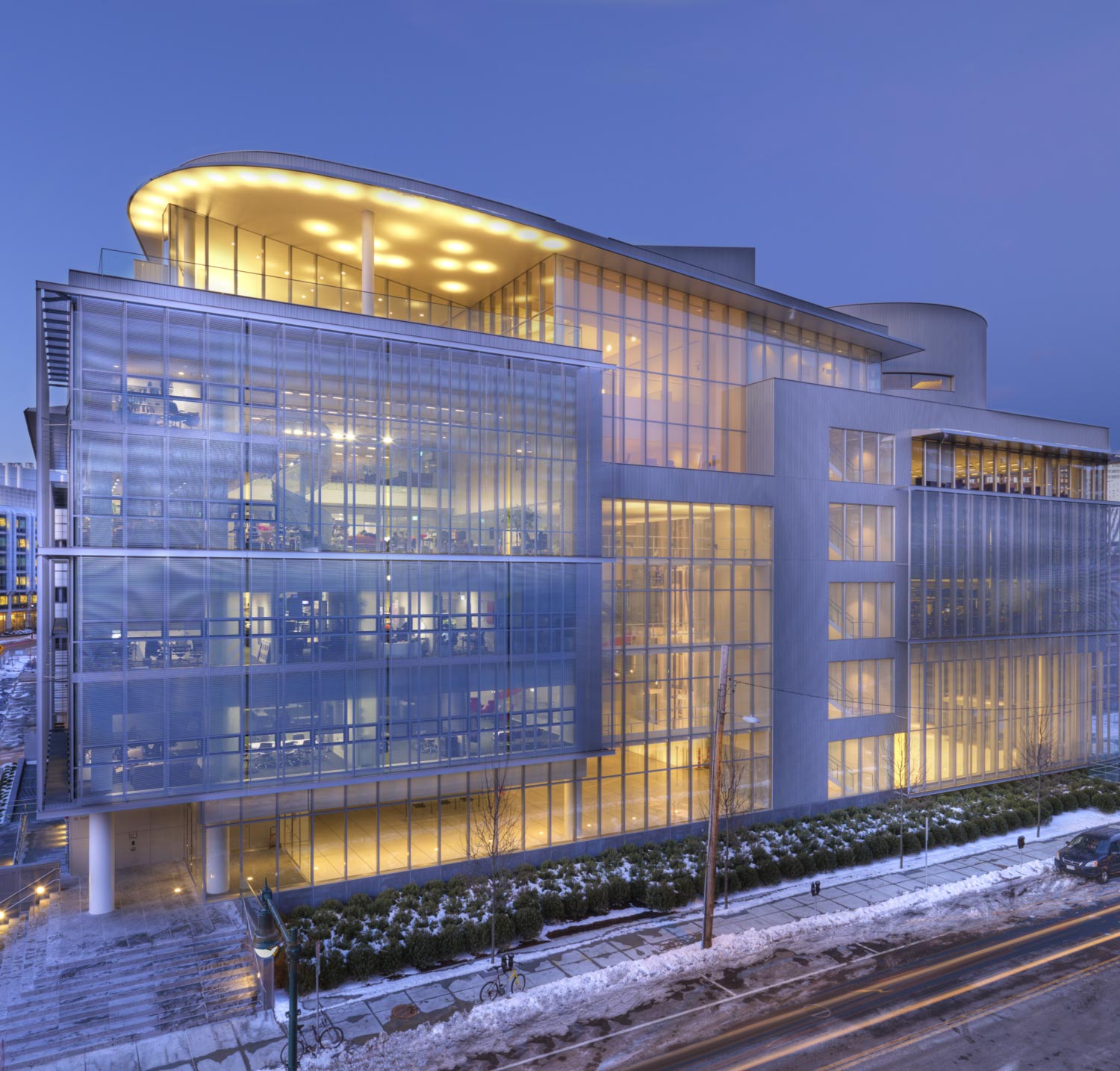Dedication of the Collier Memorial
Thank you, Israel. Since we lost Officer Collier two years ago, you have played a central role in guiding our community’s response. Most recently, together with your team, you oversaw the creation of this superb memorial. And I want to express my deep gratitude for your inspired leadership.
#
Good morning.
Officer Collier’s family. Mayor Maher and our many distinguished guests. Professor Yoon, Professor Ochsendorf and the entire memorial team. Chief DiFava and Sean’s countless friends and admirers, in and out of uniform.
We come together at the end of a long winter. But today, in the warmth of each other’s company, and through the bright memory of Sean’s example, I believe we may have found spring at last.
# #
This morning, I want to make two observations about the memorial itself, and what it expresses about our community.
In a moment, the designer of the monument, Professor Meejin Yoon, will describe how it was made. In her story, we will hear a deep MIT impulse: the instinct to “do it yourself.”
This memorial was imagined, designed and engineered by a brilliant team of MIT faculty, students and staff. They were moved to be part of the process, and were personally invested in the outcome. And, in leading the team from Suffolk Construction, Sean’s brother, Rob, made everyone feel like family.
This was not a project produced at the request of a patron. Instead, it was an offering, intended for all of us, an exploration of themes and forms, emotions and memories, materials and forces, a creative experiment performed by our community, for our community. It was not an artistic transaction, but an act of transformation.
MIT is known for science and technology, discovery and innovation, boldness and daring. Today, through this memorial, we demonstrate all of those strengths, and we remind ourselves of our capacity for reverence and beauty, too. We are a community of makers, and we use that power to make things new.
#
A second observation: As we will hear, the stone arches of the memorial are held together not with mortar, nor with fasteners, but with our sheer faith in the power of physics!
Those are forces that we understand very well at MIT. In most times and places, those forces are invisible. But this memorial reveals them to the world, by displaying their power in action.
Two years ago, as we first mourned Officer Collier, the members of our community came together with incredible strength, more than we had understood was possible. We came together in deep sympathy for Sean’s family, in respect and gratitude for our police and first responders, and in empathy for everyone who had endured the broader trauma of the Marathon bombings.
We saw courage, connection, generosity, kindness, endurance, qualities always there but not usually revealed, until we all understood what it meant to be “Collier Strong.”
In effect, we saw then that we are held together by invisible forces, too. The tragedy of Sean’s loss made those forces visible – and made them stronger.
Beginning today, this memorial will be a landmark in our daily lives, a new gateway to the campus we share. And I hope that in its graceful display of invisible physical forces, it can become a daily reminder of those invisible human forces that create community. I hope it can serve as a gateway to the knowledge of what extraordinary things we can achieve if we can see, and feel, and draw on that power together, without calamity, to confront other challenges -- for each other, for our community, our city, our nation and our world.
We dedicate this memorial to a young man who, by the joyful way he lived, showed us what it means to be one MIT and one community.
Today, inspired by his example, may we find that the power to endure together has become the power to heal, to gather our forces – and to begin to grow again.
# #
For a perspective from our extended community, is now my pleasure to introduce our good friend and neighbor, the mayor of the City of Cambridge, David Maher.


